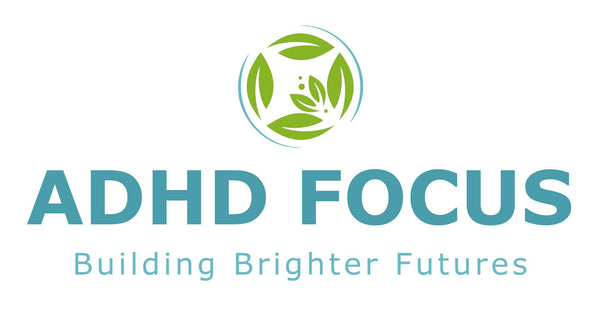
What Works (and What Doesn’t) with ADHD Kids: A Teacher’s Reality Check
Share
Teaching students who have ADHD can test your patience and creativity in equal measure. Some days, things go smoothly and students stay engaged—other days, it’s a struggle just to get through the first hour. If you’ve ever found yourself wondering which strategies actually make a difference (and which ones fall flat), this is the honest, practical breakdown you’ve been looking for.
This practical, real-world guide will give you clarity on what helps, what doesn’t, and how to support your ADHD learners without burning out.

What Actually Works
1. Consistency
Structure is gold. ADHD kids thrive when they know what to expect. Clear routines, predictable transitions, and steady rules provide a safe, reliable framework that supports success.
2. Short, Simple Instructions
Keep instructions brief. Break tasks into steps. Use visuals or examples if needed. Repeating isn’t failure—it’s part of the process. Long explanations usually go in one ear and out the other.
3. Movement & Brain Breaks
Short bursts of movement (jumping jacks, a stretch break, or a walk to the water fountain) can reset attention and help students re-engage with tasks. Even just standing up or stretching can make a difference. Expecting a child with ADHD to sit still for long periods is unrealistic.
4. Positive Reinforcement
Catch them being awesome. Celebrate effort—whether it’s raising a hand, completing a task, or staying seated for a full activity. ADHD students often hear what they’re doing wrong; flip the script! It doesn’t have to be a gold star or a reward system. A nod, a quiet “nice job,” or a quick acknowledgment of effort goes further than you think—especially for kids who are used to being corrected.
5. Flexible Seating & Fidgets
Flexible seating, fidget tools, or letting them choose where to sit during quiet work can reduce power struggles and help them focus better.
6. Calm-Down Corners
Every classroom should have one. A quiet, cozy space with a few calming items can help students self-regulate before a meltdown happens. Having a designated space where a student can go to breathe, reset, or calm down without being punished gives them a sense of agency—and helps prevent bigger disruptions.
What Usually Doesn’t Work
1. Long Lectures
Dragging out explanations or instructions will have the opposite outcome on children with ADHD. Keep things bite-sized and interactive when possible. If you’re explaining something and they’ve already checked out, it’s not working.
2. Taking Away Recess
Movement helps ADHD brains function better. Removing their best regulation tool (break time) often backfires. These kids need more opportunities to move, not fewer.
3. Punishment Without Support
Time-outs and detentions may stop the behavior temporarily—but without teaching emotional tools or offering connection, nothing changes long-term.
4. Assuming They Don’t Care
They do care. Most ADHD students want to do well—they’re just battling a brain that doesn’t always cooperate. Compassion and belief in them go a long way. Getting frustrated is human, but keep in mind that they’re often trying harder than it looks.
5. One-Size-Fits-All Discipline
Every child with ADHD is different. Tailor your strategies. What soothes one may overstimulate another.
6. Zero Tolerance Rules
Rigid discipline policies can backfire. These students often act impulsively, not maliciously. Responding with understanding—while still holding boundaries—works better than harsh consequences.
Some Perspective For Teachers
You’re not going to get it right every time. That’s okay. These kids don’t need a perfect teacher—they need someone who tries, adjusts, and stays curious about what they need. It’s not about fixing them. It’s about creating a classroom where they’re more likely to succeed—and where you can teach without burning out.
If what you’re doing isn’t working, it doesn’t mean you’re doing a bad job. It just means it’s time to try something different. You’re doing important work—even if it doesn’t always feel like it.
Natural Remedies
Complementing these classroom strategies with natural remedies can further support students with ADHD. Our range of natural remedies have helped thousands of children nationwide manage symptoms of hyperactivity, impulsivity, and difficulty focusing. These remedies are gentle, non-addictive, and designed to enhance overall emotional balance and focus.
Featured Products:
Related Articles:
- Understand ADHD Meltdowns: How Teachers Can Prevent and Respond with Confidence
- Classroom Hacks to Help Teachers Keep ADHD Students Motivated
If you have any questions or concerns, please contact our support team.
